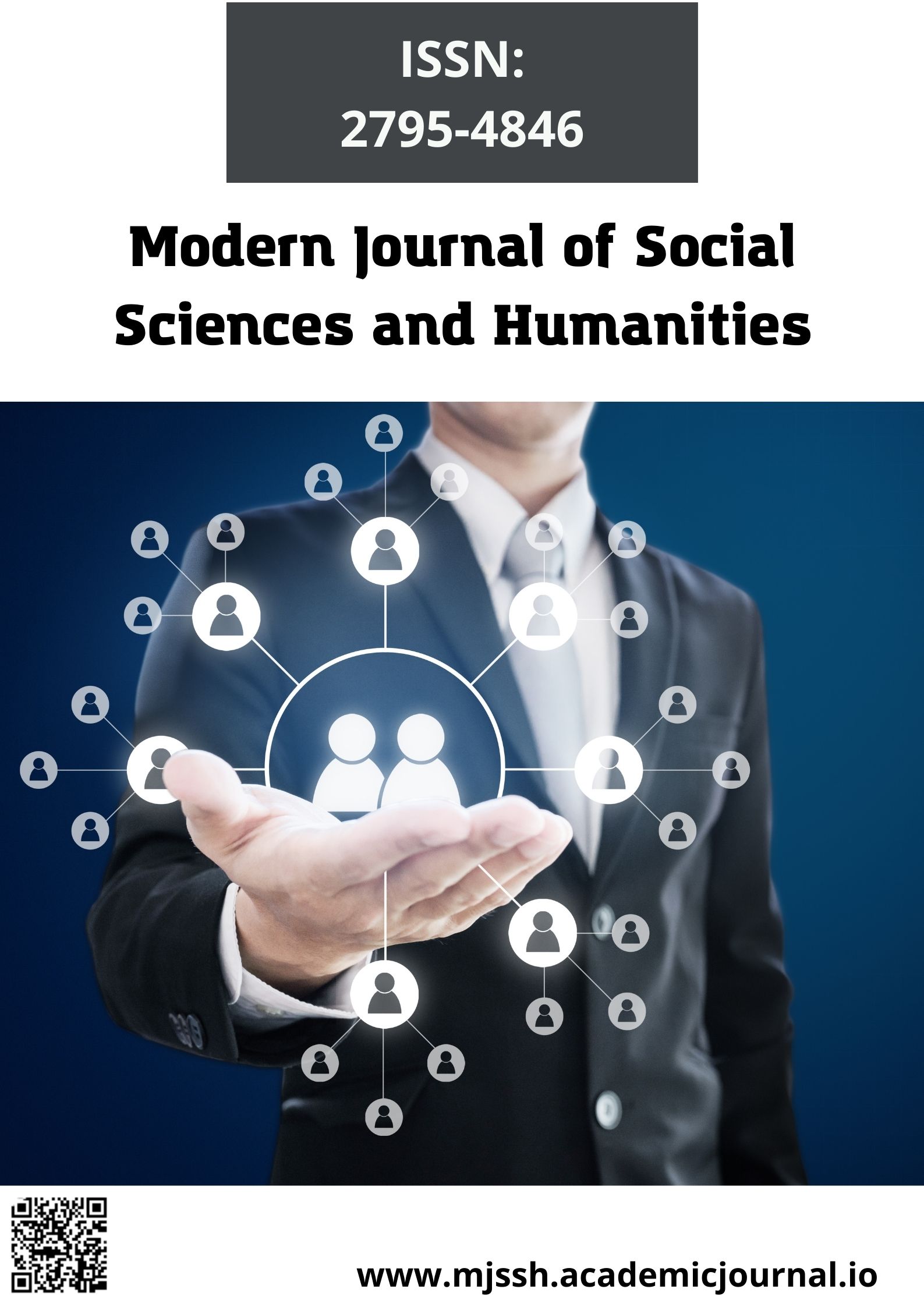Quantity and Quality of Civic Education Teachers and Academic Achievement of JSS III Students in Katsina State
DOI:
https://doi.org/10.51699/mjssh.v2i7.686Keywords:
Quantity, Quality, Civic Education, Teacher, Academic AchievementAbstract
This study examines the relationship between the quantity and quality of Civic Education teachers and students’ academic achievement of JSS III students in Katsina State. An ex-post-factor research design will be adopted using descriptive survey method. The questionnaire instrument adapted using quantity and quality of Civic Education teachers and students’ academic achievement (QQSTAA) was used for the study. The questionnaire was designed based on the literature reviewed on the variables. The results of the Junior WAEC certificate from 2017 – 2021 was used to analyze students’ academic achievement. The mean statistical technique was used to test the main hypothesis while spearman rank correlation coefficient was used for the operational hypotheses. Researcher questions and hypothesis was formulated and tested at 0.05 level of significance. The findings revealed that the majority of the teachers in the sampled schools at the time of study were NCE holders and there is a significant relationship between teachers’ years of experience and students’ academic achievement. Based on these findings it was recommended that government needs to motivate teachers for such improvement and should be provided with all the necessary incentives such as adequate salaries, good working conditions and other fringe benefits that compare favorably with what their counterparts in other professions receive. Such practices will assist greatly in the improvement of teaching and learning in the state Junior Secondary schools and will impact students’ academic achievement.
References
Akinsolu, A. O (2005). Resource utilization and internal efficiency of public secondary schools in Osun State, Nigeria. Unpublished PhD dissertation. Department of Educational Management, University of Ilorin
Akpofure,R. E. O, & N’dipu, B .L. (2000). National standards and quality control in Nigerian education. The state of education in Nigeria. UNESCO, Abuja.
Anikweze, C. M., (1999), ‘Trends and challenges of science and Technical Education in the 21st Century: Implementation for Teacher Education, Lead paper presented at National Conference Organized by FCE Panchin, 10th – 13th August.
Parker, C.H (2002). Education for Deliberative Democracy: The Long-Term Influence of Kids Voting USA. College Park, MD: Center for Information and Research on Civic Learning and Engagement.
Dewey, J. (1980). Democracy and education. In J. A. Boydston (Ed.), John Dewey: The middle works 1899-1924: Vol 15, 1923-1924 (pp. 180-189). Carbondale: Southern Illinois University Press.
Egungun, N.V. (1992). Human resource development and utilization in Nigerian private enterprises. In A. D.Yahaya & A. Akinyele(Eds.). Human resource development and utilization, policies and issues. Badagry: Administration Staff College of Nigeria.
Federal Ministry of Education: Implementation Guideline for the UBE Programme, Abuja: February, 2000
Hattie, J. (2012). Visible Learning for Teachers: Maximizing Impact on Learning. London: Routledge.Creative Education, Vol.5 No.7, April 28, 2014
Hess, Diana & McAvoy, Paula, 2015. The Political Classroom: Evidence and Ethics in Democratic Education, New York: Routledge
Ibitoye, S.A (2003). Relationship among school size, resource utilization and school effectiveness in Ilorin Local Government Areas, Kwara State. Unpublished M.Ed thesis. University of Ilorin.
Iyamu, E.O.S. (2005). Parents’ and teachers’ perception of selection as a factor of quality in the curriculum process in Nigeria. International Education Journal, 6(1) 96–103.
Jimoh, S.A., (2001) The Roles of facilities of education in the implementation of the Universal Scheme. A paper presented at a workshop organized by Faculty of Education, University of Ilorin. 7th February, 2001.
Kahne D. B. .& Popp, H. M. (2013). Campaign for the Civic Mission of Schools, CIRCLE, American Bar Association Division of Public Education, Lenore Annenberg Institute for Civics, & National Conference on Citizenship. 2011. Guardian of Democracy: The Civic Mission of Schools. Washington, DC: Campaign for the Civic Mission of Schools: Level B(Teacher’s Edition), Continental Press.
Lisman, C. D.and Homana, G. M. and James S. (2006) Toward a Civil Society: Civic Literacy and Service Learning, Westport, CT: Bergin & Garvey.
Owolabi, S.O. (2007). Teacher education in sub- Saharan Africa: Policies and practices. Paper presented at the Development of Teacher Education in Africa Conference. Makarere University,Kampala, ganda.August 4-6.
Richard,M(2013). Availability and Management of Learning Facilities and Students Academic Performance in Senior Secondary Schools in Abia and Imo States. An unpublished Ph.D thesis. Abia State University, Uturu.





